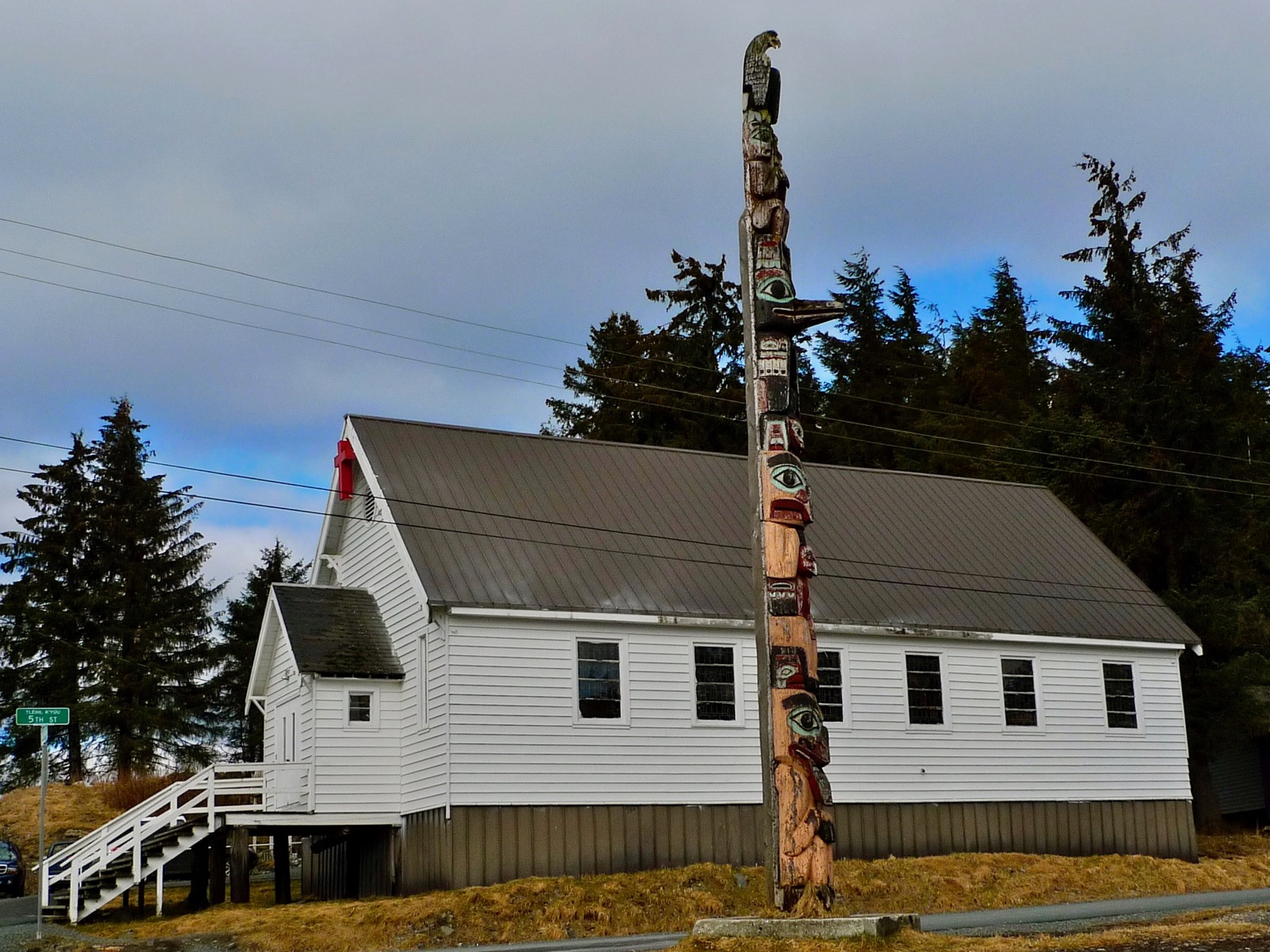• Aleut Community of St. Paul Island, Alaska: $45,398 to study the feasibility of methods to attract visitation, modern accommodations, attractions, and food service facilities required to develop a local tourism industry. • Angoon Community Association, Alaska: $38,650 to study the feasibility of developing a local cultural tourism industry. • Catawba Indian Nation, South Carolina: $35,000 to study the feasibility of developing a strategically located parcel of land that offers the potential for an industrial park and manufacturing hub that will foster tribal enterprises and attract investment. • Confederated Tribes of the Goshute Reservation, Nevada and Utah: $46,500 for a reservation-wide economic development plan that will provide a comprehensive review and particular emphasis on planning broad-range commercial business opportunities for the tribe. • Elk Valley Rancheria, California: $20,000 for a feasibility study to provide market information for developing a gas station and grocery store. • Forest County Potawatomi Community, Wisconsin: $20,000 for a study on the economic profitability of repurposing organic waste from the tribe’s Milwaukee biomass facility into an organic soil additive or fertilizer. • Hydaburg Cooperative Association, Alaska: $30,000 to study the feasibility of a combined community café and laundromat facility upon which to build the infrastructure needed to support a sustainable and diversified local economy. • Lower Brule Sioux Tribe, South Dakota: $40,000 to study the feasibility of marketing bulk popcorn and edible beans to category buyers in the domestic and foreign markets. • Paiute-Shoshone Tribe of the Fallon Reservation and Colony, Nevada: $39,175 for a reservation-wide economic development plan that will bring together tribal government and private sectors to identify, prioritize and leverage funding to construct new business ventures on the reservation. • Seneca Nation of Indians, New York: $15,000 for a feasibility study to assess potential benefits the Salamanca Railroad Museum is planning to institute, and to guide the tribe on partnering with the museum on tourism and related projects. • Stockbridge Munsee Community, Wisconsin: $40,617 for a feasibility study to explore value-added agricultural opportunities on agricultural land the Community owns. • Yavapai-Apache Nation, Arizona: $29,660 for a feasibility study to determine the financial viability of developing an RV park and tourist-based commercial development at the tribe’s Cloverleaf Ranch.
Join the Conversation

